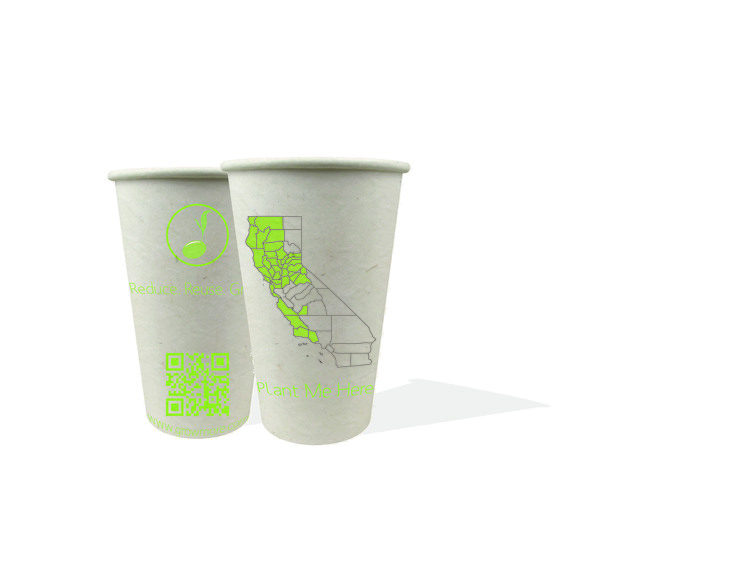In the grocery store, shoppers are accustomed to hearing “paper or plastic?” Patrons of coffee shops aren’t asked “paper or foam?” when they order a beverage to-go, but every cafe must decide whether to use paper or foam cups. Most coffee shops, as well as many cities and even the State of California, opt for paper, believing it’s the more environmentally friendly choice. While paper cups do decompose faster than polystyrene foam ones, the choice isn’t as clear-cut when other environmental factors are considered. So which ones are the best cups?
(Polystyrene cups are commonly called Styrofoam cups, but Styrofoam is a trademarked name for a similar product that’s used to insulate buildings. The foam used to make cups technically isn’t Styrofoam.)
Both Paper and Polystyrene Foam Have Advantages
Paper cups are commonly thought to be more environmentally friendly than polystyrene foam ones, because paper cups are made from trees — a renewable resource. In contrast, polystyrene is made from natural gas and petroleum — which are non-renewable — byproducts. Most paper cups are coated with a polyethylene plastic that’s derived from fossil fuels, however, thus reducing the advantage of paper cups.
Generally speaking, the process of manufacturing polystyrene cups uses fewer resources, and is therefore more environmentally friendly, than that of making paper cups. Paper cups decompose faster and is easier to recycle than foam ones, though, making them the better option when considering what happens after the cups are used.
Another consideration, which favors paper, is toxicity. Polystyrene cups can leach harmful chemicals, like benzene, especially when they’re microwaved, and animals sometimes mistake them for food and consume them. Paper cups — including polyethylene-coated ones — aren’t toxic, even when microwaved or eaten accidentally.
Because paper cups decompose faster and aren’t toxic, most people ultimately settle on them. When manufacturing is considered, paper may still hold the final edge, but the difference between paper and polystyrene cups’ environmental impact is small.
In One Study, Paper and Polystyrene Foam Tied
One Dutch study shows just how similar the environmental impacts of paper and polystyrene foam cups are when all factors are considered. The study looked at 10 categories of environmental impact, assessing each type of cup in each category. The researchers found that paper cups performed better in five categories, and polystyrene cups were better in the other five.
Compared to making paper cups, manufacturing polystyrene cups:
- requires about 42 percent less water
- needs about 17 percent less energy
- uses 22 percent less petroleum to source materials and ship cups
- doesn’t call for chemicals that can harm water if not disposed of properly, such as chlorine dioxide
- doesn’t necessitate the cutting of trees
In contrast, when compared to foam cups, paper cups:
- produce about 28 percent fewer greenhouse gasses
- decompose in a landfill in 20 years, as opposed to 1 million-plus
- decompose in water in just a few days, instead of 50 years
- are far easier to recycle and recycled at a higher rate
- aren’t toxic (see above)
Some companies are even working on developing compostable paper cups.
The Best Cup is a Reusable Cup
Much of the coffee industry, understandably, has chosen to go with paper cups over styrofoam ones. The environmental benefits of paper, though, are minimal. The best choice for the environment is, of course, to bring your own, reusable cup. With the average person in the United States drinking between 2.1 and 3 cups per day (most of us at Driftaway Coffee have 2 to 2.5 per day), opting for a reusable cup would save up to 3 cups each day have a significant environmental impact.
Drinking coffee from a reusable cup also has another advantage — it’s the most beautiful option. To see the cup most of us at Driftaway Coffee, which we think looks great, check out our pictures on Instagram.


